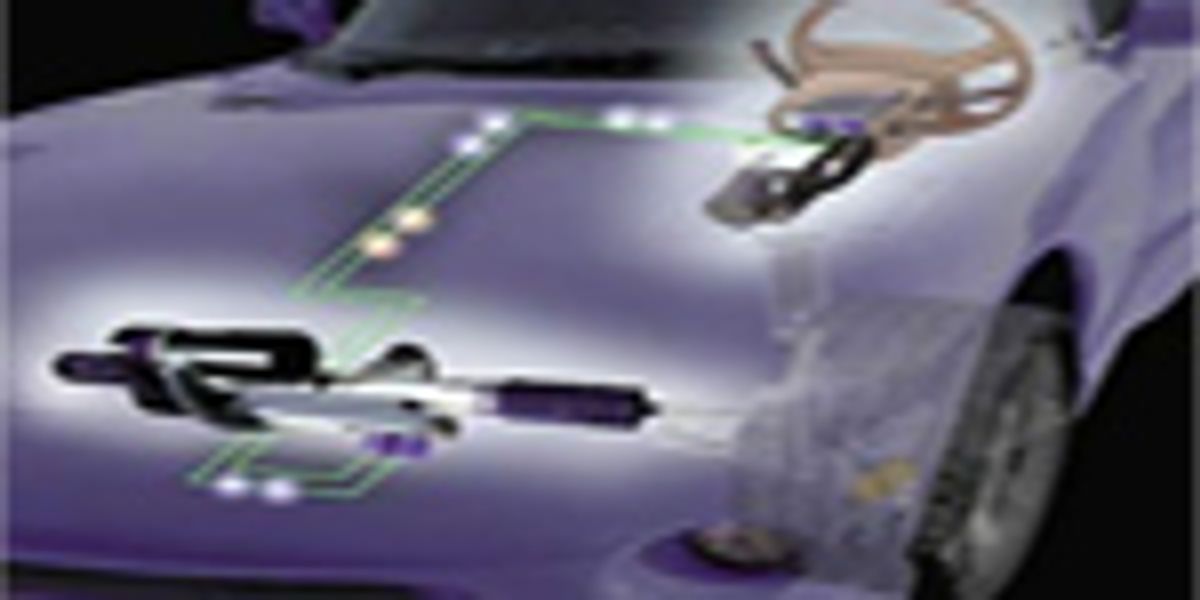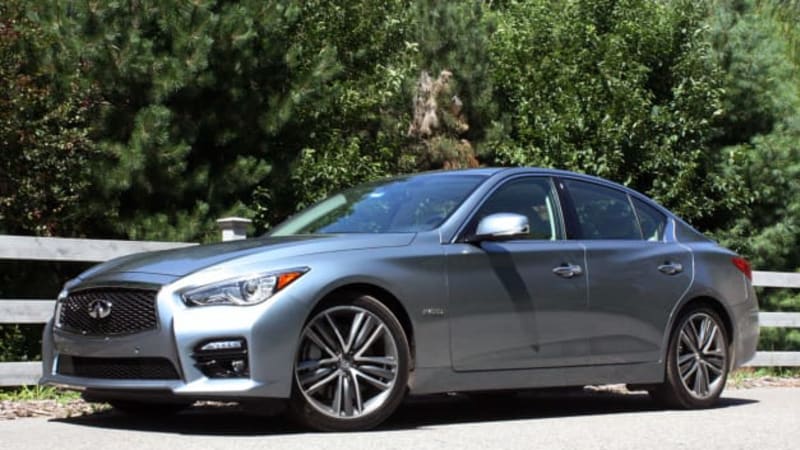OxBrew
Active Member
Not even a little bit. They have a 100% mechanical link to the master cylinder, that drives the slave cylinders. Nothing requires any electricity to operate.Our breaks are by wire bud..
Sure, the assist is electric driven, and the auto stop is too, but when all the electricity shorts to ground, or battery dies, you can still stop, just might take more effort.
Drive by wire means only electric signals transmit the command to operate the actuators that do the work. Without electricity, the whole things just stops working at all. Not a fan.
No fall back.





